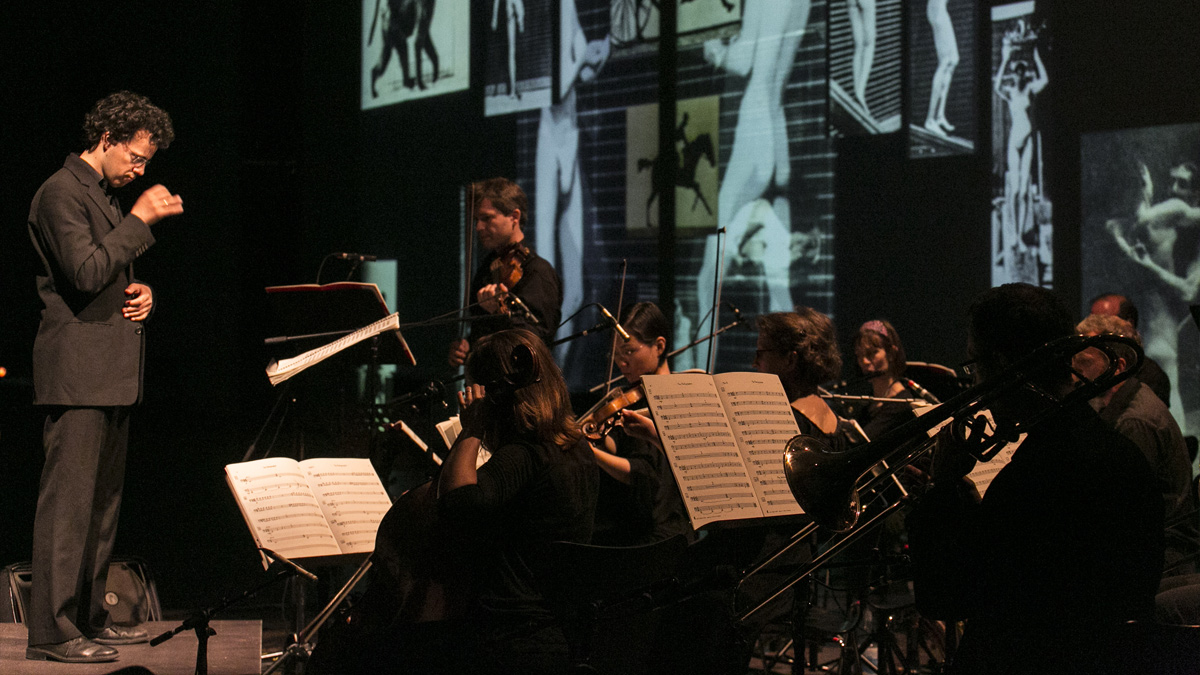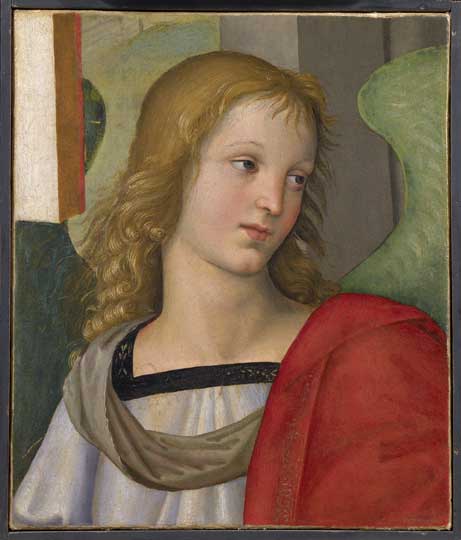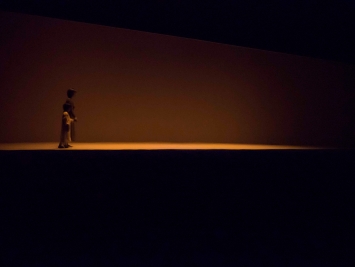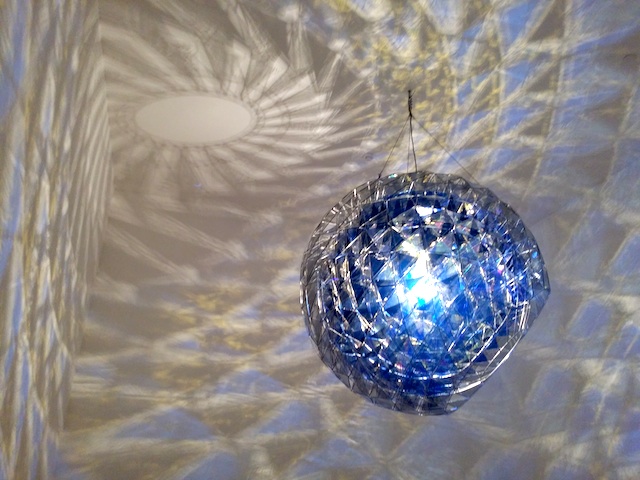 |
| The Photographer @ Cité de la Musique |
I can’t imagine why I have never previously
made the connection between Phillip Glass’ minimalist music and Edweard
Muybridge’s photographs. And yet, it is so obvious, as if the work of the two
artists were made for each other: both are structured through repetition,
movement towards an infinity that nevertheless finds natural resolution. Both
Muybridge’s photographs and Glass’ music are caught between a stasis and
movement that bring surprises to the otherwise highly defined rhythms.
All of the resonances were captured so the
production I saw last night of Glass’ chamber opera, The Photographer, based on Muybridge’s trial for homicide. The
music and photographs are brought together with spoken text by David Byrne and dance
choreographed by Shang-Chi Sun. The music, text and dance relate the sensational story
of Muybridge’s murder of his wife’s lover and then, as we know, his acquittal
at trial. It’s a great story that, like the tensions in still images that are
set in motion by a photographic camera, interrupts the narrative with bursts of
unpredictability and flamboyance from the dancers in this particular performance.
The innovation of this staging of The Photographer is very much in its bringing
together of different media. The modern dance element, inspired by the photographs and
Glass’ music is repetitive, postured, yet always very simple and singular.
Video projections of Muybridge’s photographs are patterned on the screen behind
the dancers, in no particular order, demonstrating the postures and positions
of the body in motion, as well as the extraordinary images he took in the
Yosemite Valley. The lighting casts shadows of the dancers to fill the screen
when there are no other photographs projected.
The one thing I would have liked to have
seen more of in this performance was the use of chiaroscuro. The infinite
repetitions and patterns of Glass’ music, the same in Muybridge’s photographs that
put animals and human figures in motion, and the three dancers whose figures
are reflected in shadows on the screen behind them were in perfect
conversation. Often though, the shadows were not marked, and could have been
more dramatic, in an attempt to magnify further the narrative of repetition and
auguring that is Muybridge’s life story. In the early days of moving images, the days
when Muybridge was working, shadow plays told familiar narratives, but as a
function of their production they could also appear mechanized. It would have
been convincing if the shadows had mimicked these characteristics of the shadow
play, and thereby accentuate the multi-media concert of The Photographer.












